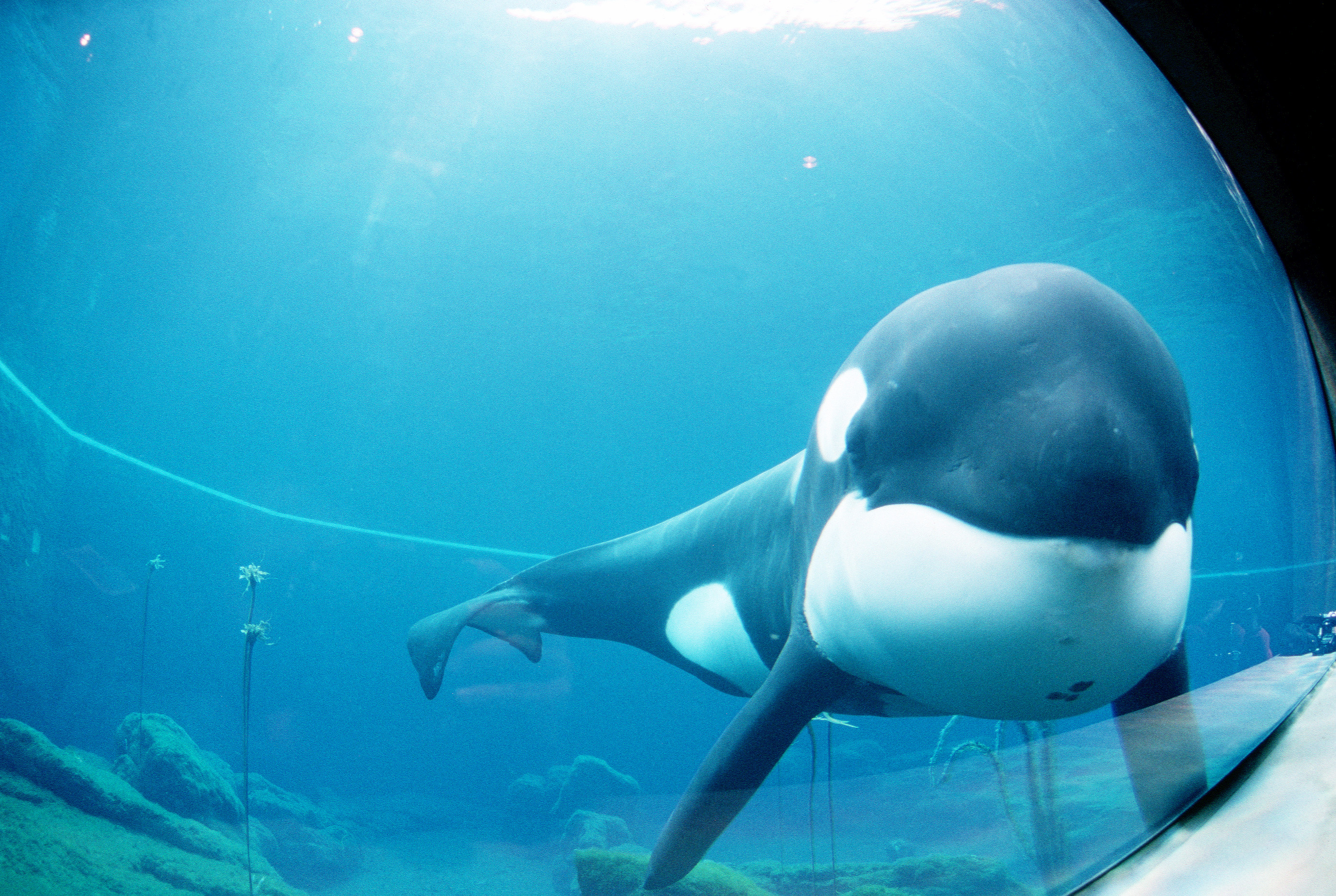Commentary by Sara Tavares
What is
culture? Is culture something that makes us, humans, special?
This was the theme of the last Café Scientifique meeting I attended, a monthly evening public meeting in a café/bar where scientists are invited to talk about their work or another interesting topic. In the last one I attended in St Andrews, Luke Rendell talked about his latest book, co-authored with Hal Whitehead, "The
cultural lives of whales and dolphins", on the theme of culture in cetaceans.
So, what is
culture?
How to define culture has been one of the biggest academic discussions.
Culture is not genetic, is not in the DNA. Broadly, culture is the accumulation
of knowledge that is passed across generations over time.
Different
sperm whale populations have different codas (stereotyped pattern of clicks)
and in the Pacific different
social groups make different codas and some groups share
the same dialect and temporarily spend time together. This is part of the
cultural identity of these whales and is not genetically transmitted, since
genetic studies showed a mix of genes between groups that mismatch
the dialect pattern.
This is just
one example for one species that shows the existence of culture in cetaceans.
Culture is probably vital for highly social animals such as cetaceans. One of the stories presented in the Café Scientifique meeting as an interesting example of the importance of cultural identity in whales was the story of
Keiko, the Icelandic killer whale. Keiko was captured when he was around 2 years old and kept for many years on his own in
a small tank.

The killer whale Keiko, star of the film Free Willy (source: Wikipedia)
When adult,
Keiko was gradually freed in Vestmannaeyjar (where we conduct our fieldwork in
the summer), first kept in a sea pen for habituation. In one occasion, when
Keiko was accompanied by a boat with people involved in his re-introduction ,
he was approached by one killer whale that tried to interact with him going
"belly to belly", a common social behaviour among whales . However,
Keiko quickly swam away from the whale and "hid" behind the boat,
possibly scared by that unfamiliar behaviour.
After full release, Keiko eventually swam to Norway where he was adopted
by a fishing village and fed by humans, until he eventually died, probably from
pneumonia.
Keiko
couldn't be re-introduced in the Icelandic killer whale society because, after
being apart from these whales since a very young age, he didn't know the
culture.
Although
this is just one single story of only one whale it can still suggest to us how
important culture might be for cetaceans. So maybe the question shouldn't be
how to define culture but how many forms of culture there are. Because human
culture and whale culture are not the same, but they both exist and they are
both unique.
Café Scientifique is currently active in more than 40 towns across the UK and in some cities in other countries. Check out on their website where and when is the next meeting in your town and join the discussions!
Café Scientifique is currently active in more than 40 towns across the UK and in some cities in other countries. Check out on their website where and when is the next meeting in your town and join the discussions!
I have never understood why people find it so hard to accept that humans aren't the only ones with culture.
ReplyDeleteIt is strong enough that when a group of transients were caught during the 1970s captures (and before the difference between transients and residents was known) one of them starved to death before the whales recognized the fish being offered were a source of food. Two that later escaped didn't eat for over over 50 days before they figured it out. Luckily the two sent to Sealand were helped by a resident male and didn't have to starve for nearly as long.
Keiko unfortunately was never a good candidate for release. He had learned to feed himself well enough, but he was kept completely without other orca for company since the age of 2.
It seems so obvious that we aren't the only ones with culture, different dialects, different feeding habits, lack of breeding between cohabiting ecotypes. The evidence is there but it's as hard for people to accept as animal tool use once was.